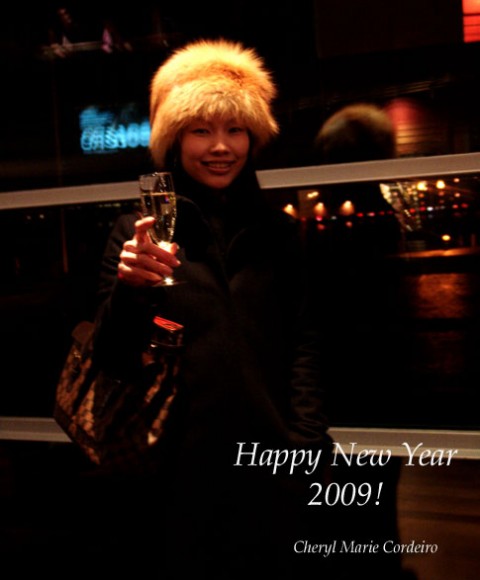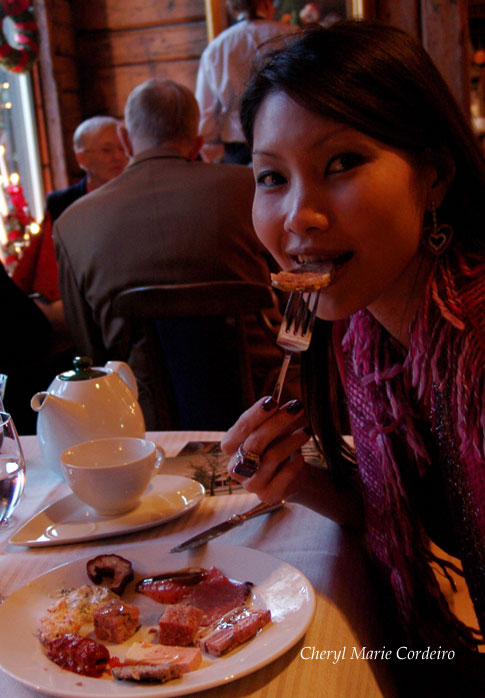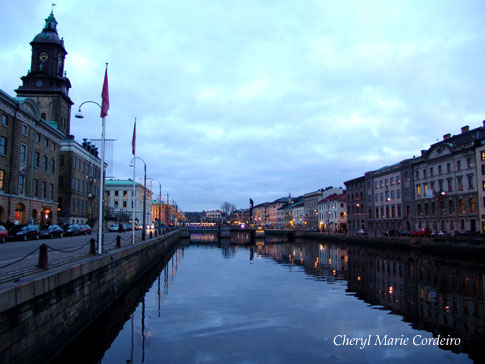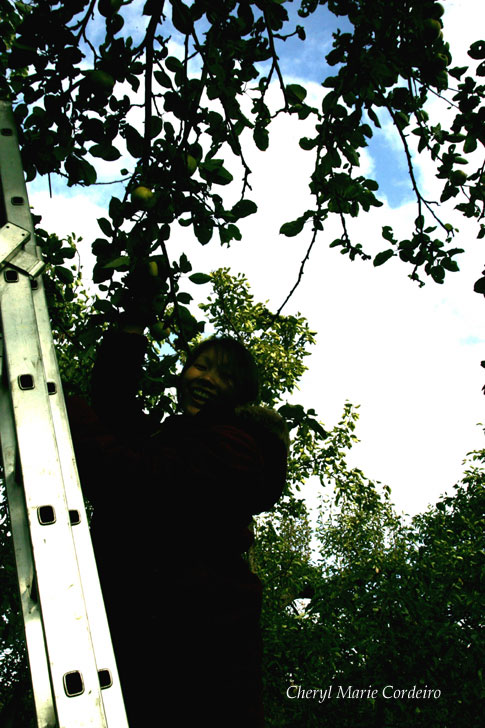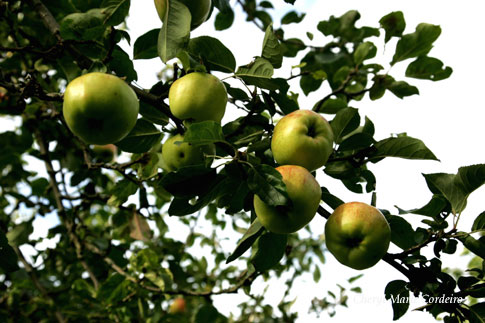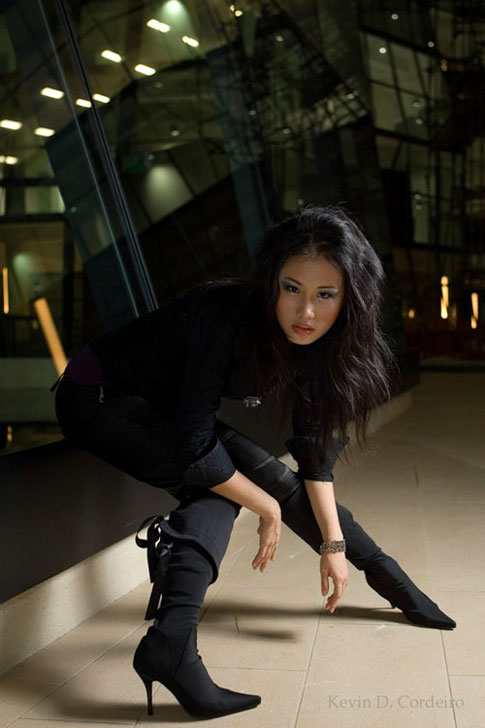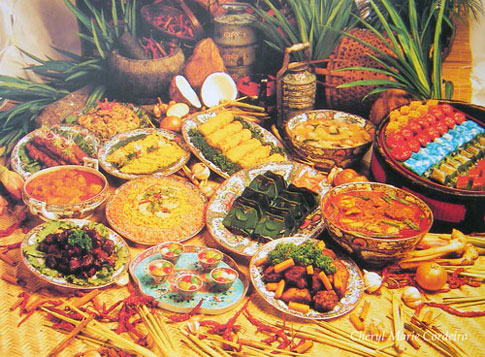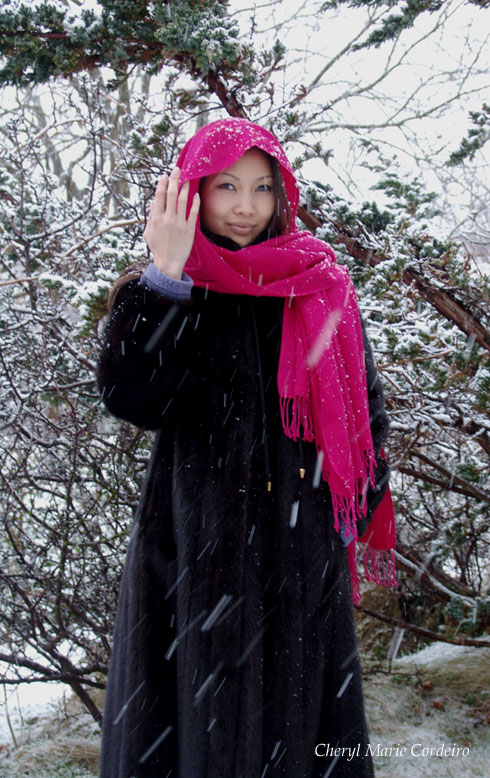
By a Juniper tree with a cerise cashmere scarf and wonderful vintage mink fur coat.
Photo for CMC by: Jan-Erik Nilsson © 2009.
In march in Sweden the weather is temperamental and just when you think that spring is on its way and that the snow has all but melted and gone, comes a sudden gush of snow so thick that you think you are in mid-December again, waiting for a white Christmas.
Continue reading “Snowfall in march, on the west coast of Sweden 2009”


